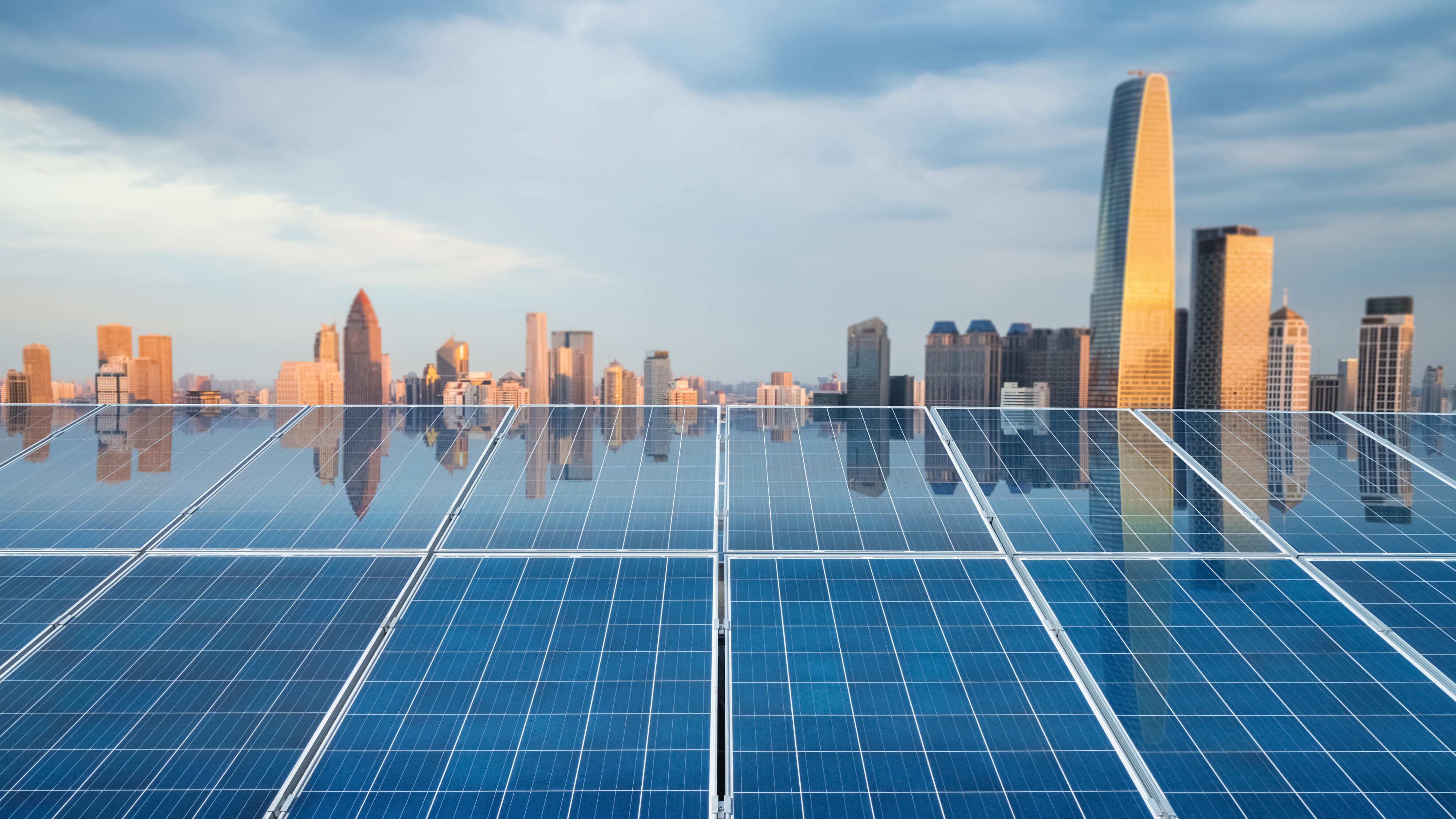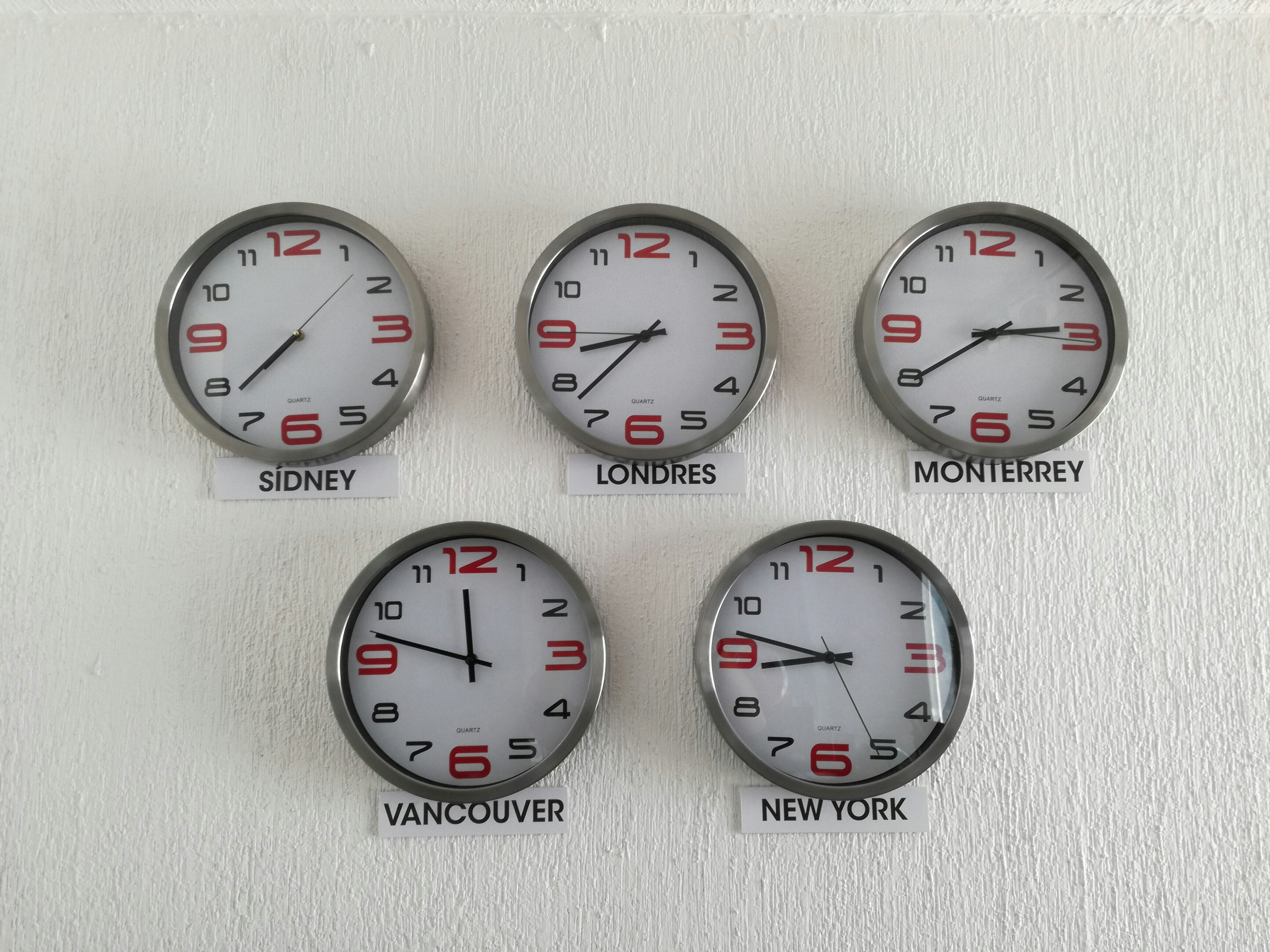Why the circular economy is key to our low-carbon future

Leading in business today requires addressing some major global problems, one of which is climate change, which can seem insurmountable. However, there are reasons to be optimistic.
One is the growing political will across the world to join forces and tackle global warming to begin to contain the problem. This is what we have seen in the run up to COP21, the climate summit currently being held in Paris. These discussions will continue beyond Paris and will help to put in place policies and commitments to reduce emissions.
Another key shift is what businesses can do. Collectively, we have huge influence and can make a big difference. One route is through the transition to the circular economy, a model according to which goods are designed to be recycled, remanufactured and refurbished to maximise the use of materials already extracted from the ground and to do so through a healthy, closed loop system that has a positive impact on people, planet and profits.
Commerce can marshal investment and human ingenuity to an impressive extent to support progress. But it is essential that businesses are also profitable, supporting the goals set out by the four P’s: purpose, people, planet and profits. In an important new book, Waste to Wealth, authors Peter Lacy and Jakob Rutqvist of Accenture, calculate that there is a “$4.5 trillion reward for turning current waste into wealth by 2030”. As they rightly say, this is not solely about waste in the traditional sense. It is about having a new mindset and making better use out of all natural resources, products and assets.
The circular economy model, something we are pursuing at Tarkett, along with an increasing number of other organisations, is also about designing products, processes and supply chains that are fully sustainable and that contribute to a low carbon economy. It has long been recognised by great thinkers such as Cradle to Cradle founders William McDonough and Michael Braungart that businesses, inspired by nature’s systems, should develop ever greater use of renewable energy sources alongside the broader goals of eco-design, recycling and closed loop systems.
Currently, there are reasons to be hopeful in this area of development. Tim Flannery, the author of Atmosphere of Hope, has recently underlined how renewable energy has become more cost effective: “Today, wind and solar power can offer electricity at a cost close to or equal to that of fossil fuels. As a result, investment in renewables has outpaced investments in fossil fuels for three years running.” Technology can also drive positive change more broadly. Martin Wolf, chief economics commentator at the Financial Times, writes: “Fortunately, new technological opportunities are opening up. There is potential for for a revolution in energy generation and storage, in energy savings, in transport, and in carbon capture and storage.”
The circular economy model presents an over-arching route to a future with a sustainable economic growth model. It deals with a wide range of our big challenges and possible constraints on future growth including resource scarcity, global warming and both outdoor and indoor air quality. By following the circular economy, businesses must develop closed loop systems based on healthy materials. This has led us, for example, to develop not only closed loop water circuits and recycling initiatives across our global plants but also healthy materials with very low VOCs emissions (Volatile Organic Compounds), phthalate-free plasticizers and flooring designs that combat fine dust indoors. Therefore, the circular approach tackles climate change and resource scarcity, as well as contributing to healthier indoor air quality.
The other important piece of the puzzle is changing the very nature of the customer model. Again, here, the circular economy is important as it places great stress on the need for manufacturers to manage material flows and bring back first life products for additional cycles. In the old model, people were sold an asset and had to dispose of it themselves, whereas in the circular alternative, manufacturers try to sell a service instead. As such, the producer can maintain the assets and remain in control of the next life cycle. This, in turn, reduces the amount of energy required to extract virgin resources from the ground and increases the rationale for investing in energy and water efficiencies, helping to lead to a lower carbon economy. As Ken Webster, author of The Circular Economy: A Wealth of Flows, writes: “Water and energy savings, as well as waste prevention, now become profitable activities that positively impact the financial bottom line of corporations.”
It is by bringing all these factors together into one system, dealing with the big challenges of our times, that the circular economy becomes so powerful. We have seen from our own experience that developing circular approaches – be that eco-design, recycling systems or energy efficiencies – supports innovation and also drives competitive edge. Navi Radjou, co-author of an influential new book, Frugal Innovation, devotes a whole section of the book to the Tarkett circular economy strategy. Furthermore, the Ellen MacArthur Foundation have described the circular economy as a disruptive innovation and built an annual online festival around the theme. We believe that it is a disruptive innovation that is essential to the survival of the planet and the future of sustainable, commercial growth.
The author is one of 78 signatories to an open letter from CEOs to world leaders urging climate action.
Author: Michel Giannuzzi, CEO, Tarkett
Image: A resident crosses a bridge shrouded with fog at a park in Beijing February 21, 2007. REUTERS/Claro Cortes IV
Don't miss any update on this topic
Create a free account and access your personalized content collection with our latest publications and analyses.
License and Republishing
World Economic Forum articles may be republished in accordance with the Creative Commons Attribution-NonCommercial-NoDerivatives 4.0 International Public License, and in accordance with our Terms of Use.
The views expressed in this article are those of the author alone and not the World Economic Forum.
Stay up to date:
Future of the Environment
Related topics:
Forum Stories newsletter
Bringing you weekly curated insights and analysis on the global issues that matter.
More on Economic GrowthSee all
Rishika Daryanani, Daniel Waring and Tarini Fernando
November 14, 2025







